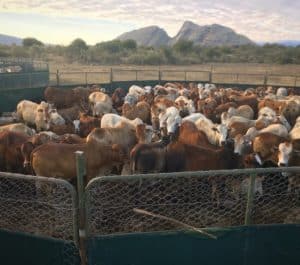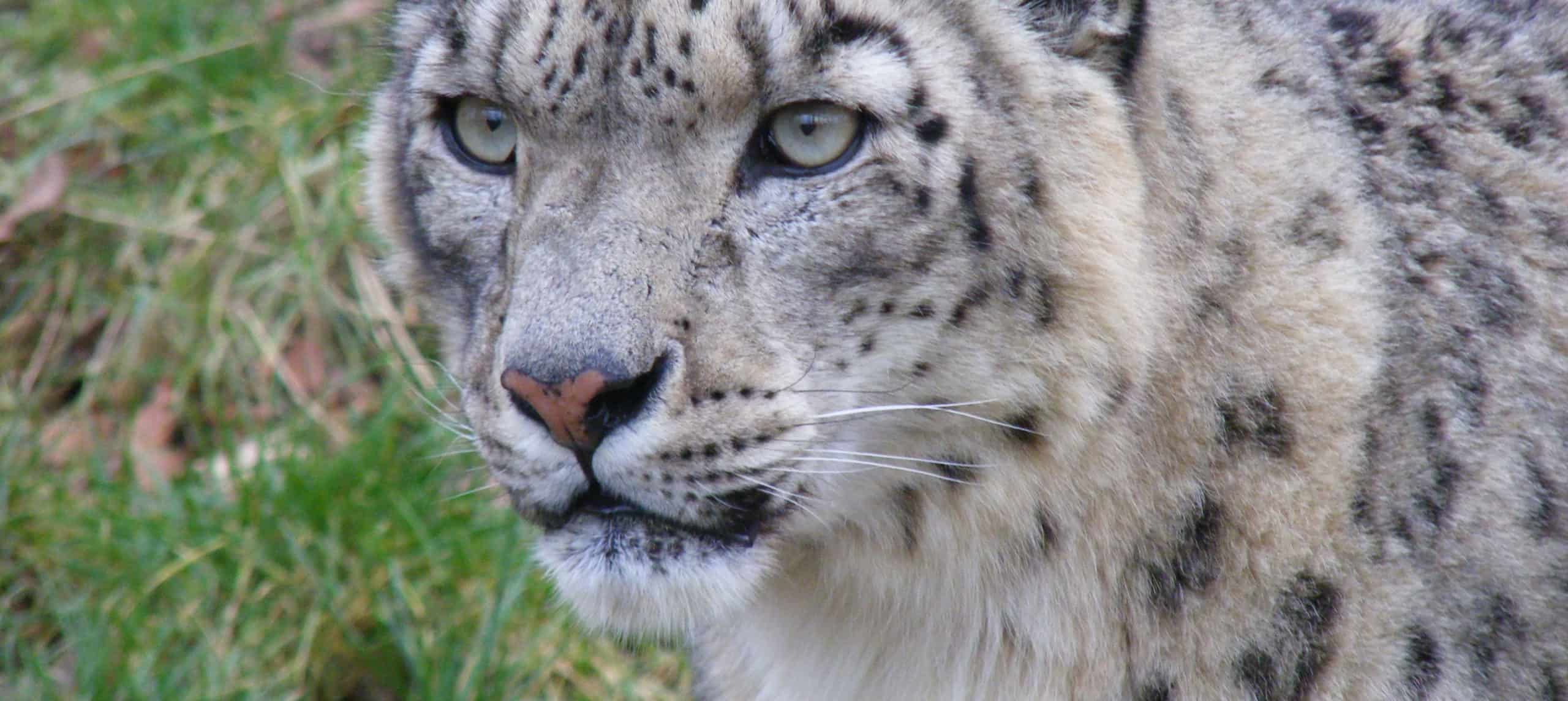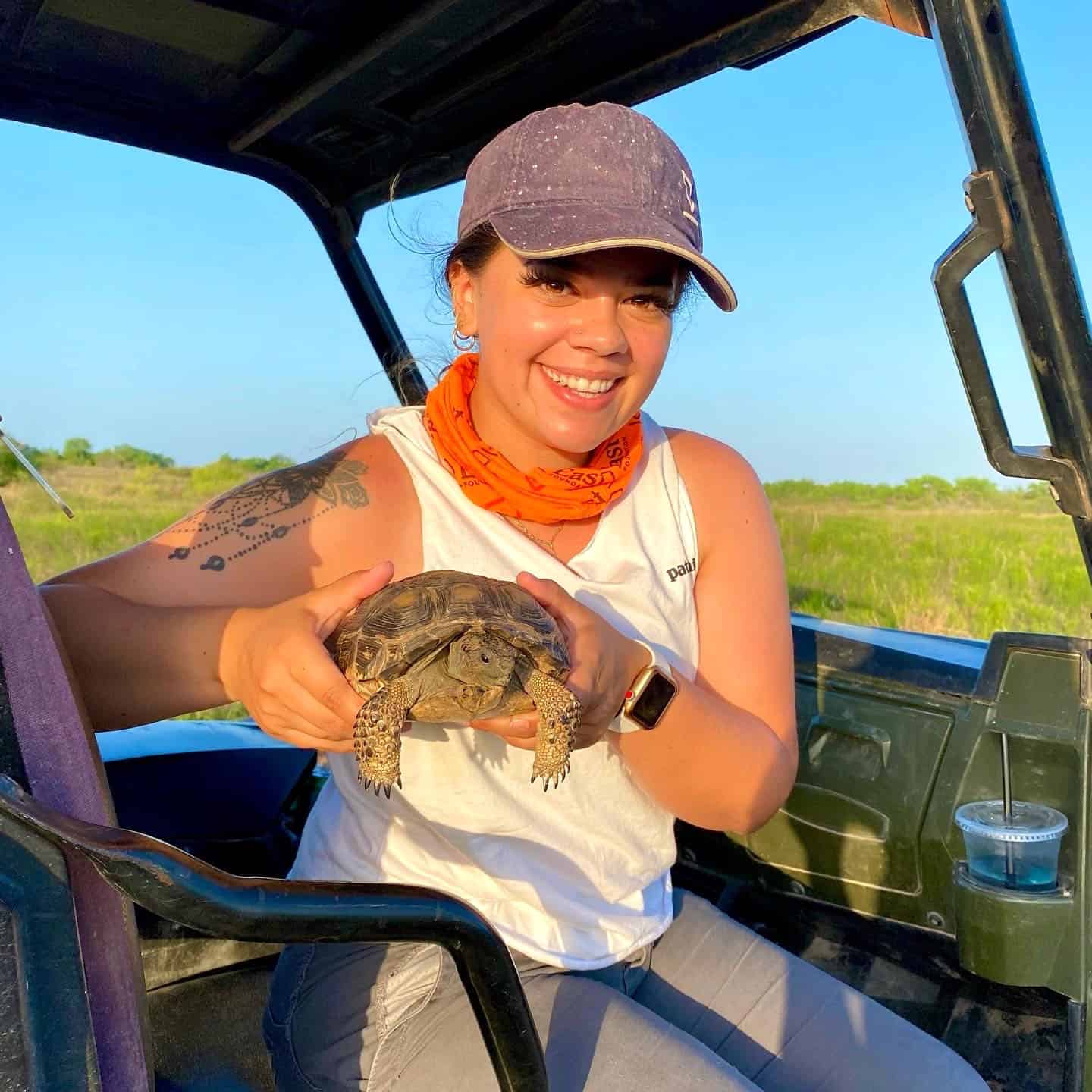Share this article
To manage carnivores and livestock, focus on ecology
When carnivores prey on livestock, managers have to navigate so many economic and cultural factors, it can be easy to forget that at the heart of it, an ecological dynamic is at play. Resolving these conflicts, then, may mean taking a closer look at the ecological forces behind them.
“Despite all of the complex sociocultural and political factors that are important for solving the conflict, if you look down at the base of the issue, it’s actually predation,” said TWS member Christine Wilkinson, a PhD candidate at the University of California, Berkeley, and lead author of a recent study on the topic published in Conservation Biology.
Wilkinson and her colleagues had been working around the world with people who deal with carnivore-livestock conflict, such as herders in Kenya and ranchers in California’s Mendocino County, and they wanted to provide them something tangible to determine the best way to deal with nearby predators.
In the study, her team built a framework to decide the best intervention measures in different contexts based on carnivore and livestock ecology and behavior, as well as how the surrounding biophysical landscape affects risk of predation. “The hope is that practitioners can use the framework to understand what interventions will work in different settings and contexts, and for how long,” she said.

Livestock in a predator-proof boma at Sovsambu Conservancy, Kenya.
Credit: Christine Wilkinson, funded by National Geographic Society
To illustrate how to use the framework, Wilkinson and her colleagues applied three different case studies, One involved snow leopards (Panthera uncia) in India. Another looked at the Wood River Wolf (Canis lupus) Project in Idaho. The third focused on managing pumas (Puma concolor) in Washington. Managers handled carnivore-livestock interactions differently in each case. In the snow leopard case study, managers in the Himalayas focused on livestock ecology, including rotating grazing paddocks and changing corral design to protect the livestock from predators. In the wolf case study, managers focused mainly on targeting various aspects of carnivore ecology. The puma case study demonstrated taking into account surrounding ecological and behavioral contexts when choosing interventions.
By creating the framework, the team hoped to provide more science to inform how to effectively apply management actions to deal with predators. “Interventions are often implemented because of word of mouth and availability,” she said. Managers have plenty of measures to choose from and evaluate using the framework. At the site where she conducts research in Kenya, movable livestock enclosures, or bomas, keep out predators. Flashing lights help deter lions around Nairobi National Park. Fladry is used to discourage wolves in many areas of the world. Since some methods work for a while before predators may become habituated to them, Wilkinson said, the framework can help managers to evaluate ways of combining interventions to be effective in the long term. She hopes to get it in the hands of as many people in the field as possible.
“We are hoping to disseminate this ecological framework to managers as well as researchers for use in intervention planning,” she said.
Header Image: Snow leopards often break into livestock corrals, killing domestic goats and sheep. Researchers developed a framework based on carnivore-livestock ecology to help managers implement the best management methods to reduce conflicts. Credit: Marie Hale








